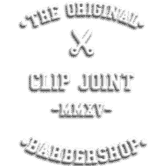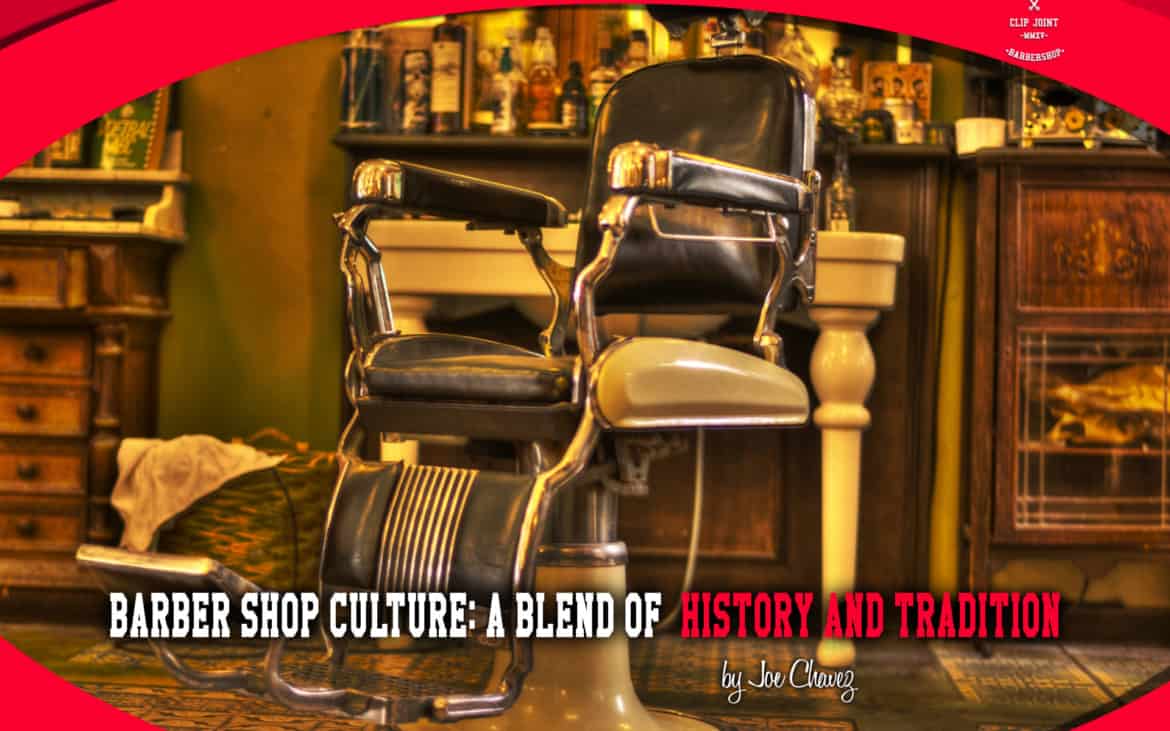Barber Shop Culture: A Blend of History and Tradition
Barber shops have been an integral part of communities for centuries, with a rich cultural history that continues to evolve. Beyond haircuts and grooming, barber shop culture is influenced by various elements, from the early beginnings to contemporary practices. Let’s delve into this cultural phenomenon and explore how it’s shaped by history and tradition.
The Early Beginnings
Barbering traces its roots back to ancient civilizations. The earliest known barbers were Egyptian priests who performed haircutting, shaving, and other grooming rituals. In medieval Europe, barbers often doubled as surgeons and dentists, providing essential services to their communities. Over time, barbering evolved into a distinct profession, complete with its own culture and traditions.
Cultural Influences
Barber shop culture is a melting pot of various cultural influences. Let’s explore the significance of tradition in this context:
Tradition
Tradition plays a pivotal role in barber shop culture. From the classic red, white, and blue barber pole to time-honored grooming techniques, barbershops cherish their historical roots. Clients seek these traditional experiences, as they provide a sense of nostalgia and comfort. Barber shops, with their timeless practices, offer a unique blend of old-world charm and contemporary convenience.
Barber shop culture has a storied history, rich with traditions and contemporary influences. It continues to evolve, embracing new cultural elements while maintaining its timeless charm.


Add Comment